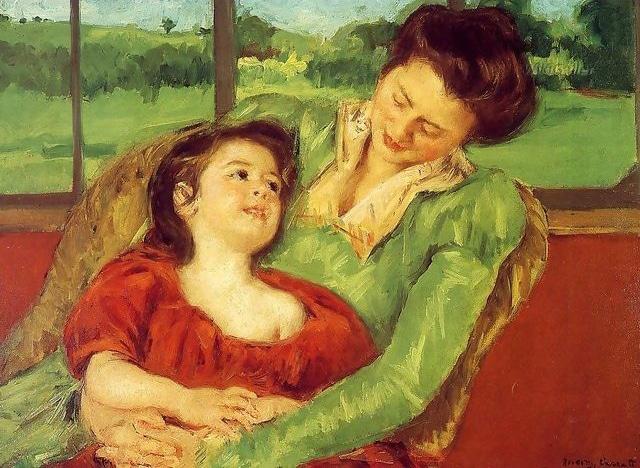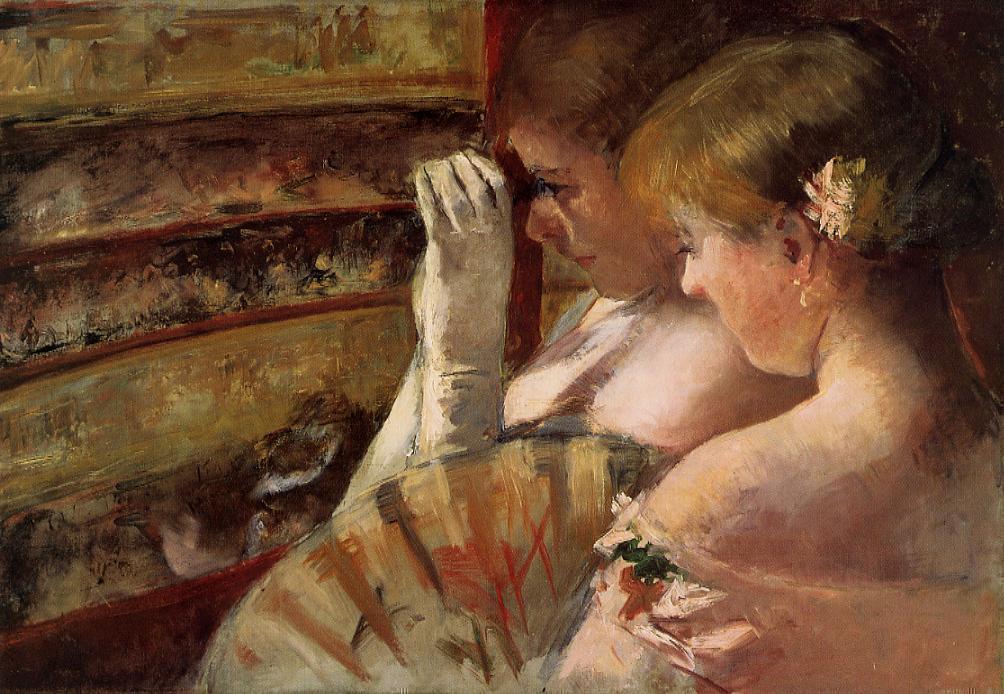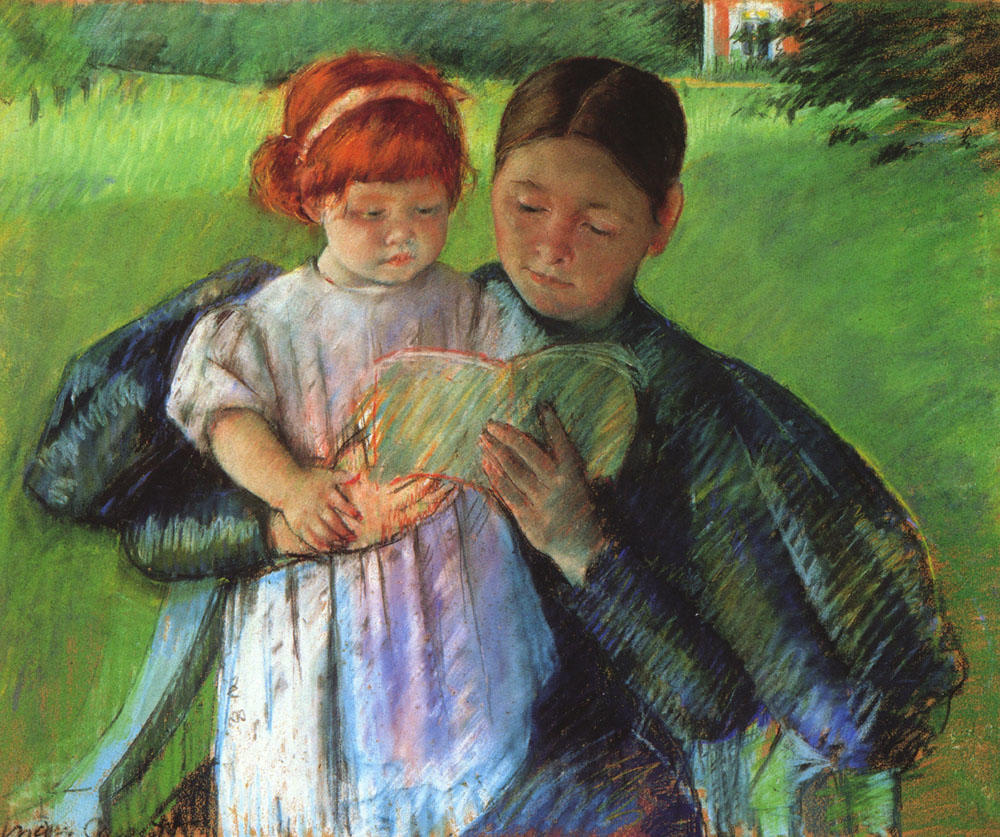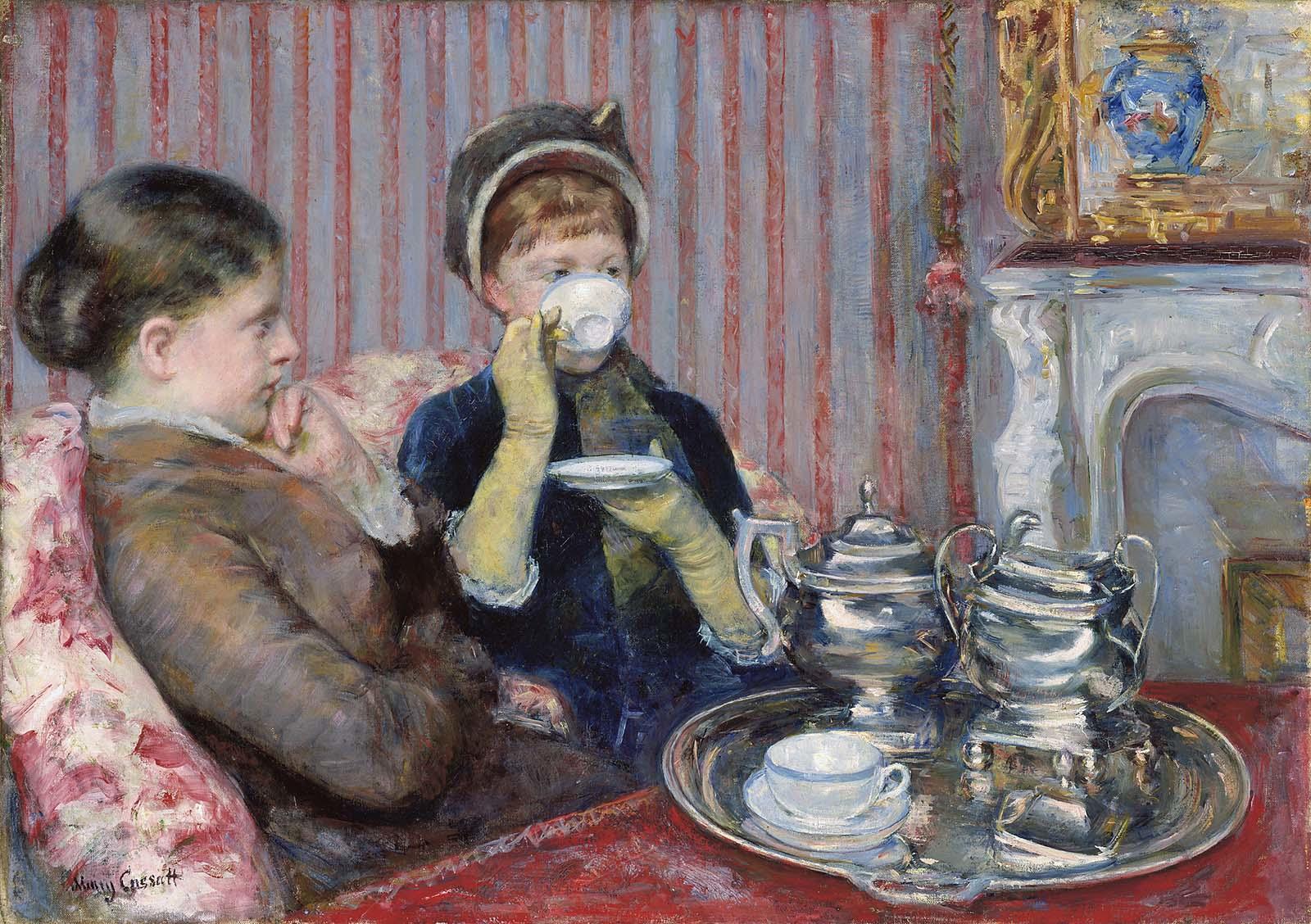When one thinks of great historical art, it is usually work from the Italian Renaissance that comes to mind. If inclined towards van Gogh, impressionist and expressionism works of Edvard Munch and Paul Klee seem obvious.
But what about:
The Boating Party, Mother and Child, or in The Box?
These and other great pieces are the work of American painter Mary Cassatt who spent much of her life in Paris. It is not uncommon for Mary Cassatt art when mentioned, to draw blank stares.
Sadly, this is the treatment that artist Mary Cassatt received for most of her career. However, there are many interesting facts about Mary Cassatt that art historians deem worthy enough of exploration and biography.
In this article, you will find out how the tender scenes she painted were a reflection of her need to be accepted as an artist. Besides how she was undone by a certain art installation, you’ll also find out other interesting facts about Mary Cassatt which reveal how much she was willing to sacrifice for art.
Want to give private lessons?
Join the Superprof community and share your knowledge with inquiring and motivated students.
The Young Artist Mary Cassatt and Her Early Days
As the second born in a large upper-class family from the outskirts of Pittsburgh, artist Mary Cassatt, born in 1844, was the daughter of a successful land speculator and stockbroker. Both of Mary’s parents came from privileged backgrounds with a taste for education, art and the finer things in life. It was thanks to her mother that Mary was introduced to art.
As children, the Cassatts were exposed to the wider world through their mother who took them to the European capitals of Paris, Rome, London and Berlin. Mary was enthralled by the experiences which included her first drawing and music lessons in Europe. She also began to learn French and German.
Upon completing her compulsory schooling, Mary clashed with her father. As a budding painter, Mary Cassatt wanted to study art, which was against her father’s wishes. Once again, with the influence of her mother, she was able to enrol in the Pennsylvania Academy of Fine Arts.
Adding to the interesting facts about Mary Cassatt is that even though her fellow students were male, they shared similar liberal worldviews to Mary about gender equality. This certainly played a role in encouraging her as one of only a few notable female artists at the time.
Even though these sentiments suited Mary she was still frustrated that the few female artists she knew were content to paint to improve their social skills, but had no intention of pursuing art as a career.
When it became evident that Mary wanted to follow art as a serious career she certainly bore the brunt of many patronising attitudes and comments from almost every sphere of her life.
A great source of Mary’s frustration was that she was forbidden to draw male models. This and other restrictions forced her to set off and self-study.

Another artist who felt the pain of being a female artist and who is worthy of study was Artemisia Gentileschi.
The Development of Mary Cassatt Art in Paris
One of the most interesting facts about Mary Cassatt is that she opted, after much wrangling with her family, to establish herself in Paris where she could learn from the masters.
She set off at the tender age of 22 with a rotation of chaperones in tow for company. Despite the progressive Paris art scene, Mary was shocked that women were prohibited from attending the school of Fine Arts.
Using her unfailing tenacity, Mary sought private lessons and was finally rewarded when Jean-Leon, a famous sculptor and painter agreed to tutor her. This was the beginning of a Mary Cassatt painting career that was founded on dedicated and tireless learning.
One of the interesting facts about Mary Cassatt was that when she was not in a studio she was frequenting the Louvre, copying as many original works of art as she could.
She was probably dismayed by the lack of female artists in that museum. Even worse, women artists in Paris were denied entry into the many cafés where great male painters hung out. These roadblocks are likely the reason why it was not uncommon for Mary Cassatt paintings to be sold to tourists.
Even so, Mary built relationships with many famous western artists including Auguste Renoir, Edouard Manet and Edgar Degas with whom she enjoyed a lifelong artist partnership.
Find out about Frida Kahlo and her mentors too.
And then, a war broke out.

Find painting lessons on Superprof.
Want to give private lessons?
Join the Superprof community and share your knowledge with inquiring and motivated students.
Mary Cassatt Art: The Quest for Acceptance
Mary returned to her parents in 1871 shortly before the Franco-Prussian war broke out.
Even though amongst the famous Mary Cassatt paintings, A Mandolin Player, had been displayed at the Paris Salon, the rampant bias against her gender continued.
Though she had had a measure of success, her father loathed the fact that his daughter longed to be an artist so much that he refused to pay for her art supplies. Tension ran high in the Cassatt household and when the opportunity came to accept a commission in Italy, Mary jumped at the chance.
Using funds fronted by the archbishop of Pittsburgh, she and fellow American artist Emily Sartain, sailed off to Parma.
While in Parma, Mary Cassatt art certainly garnered the attention of the circles in which she moved, however after her initial commission was complete, no other work came her way.
She and Emily continued their travels through Spain. It was here that she painted several oils on canvas of Spanish subjects. After that, she and Emily returned to Paris in 1874 where Mary opened a studio.
Mary Cassatt paintings hit new highs in terms of productivity, but female artists were still regarding with derision. Male sponsors were the only way for female artists to avoid criticism and be accepted.
Again, Mary faced much tension and divisiveness which eventually drove her and Emily away. In a dilemma over the direction she should take, she appealed to Degas who introduced her to a pioneering group of artists who called themselves impressionists.
You guessed it, this is how painter Mary Cassatt became an impressionist.
If you are studying women painters, make sure you read about Helen Frankenthaler too.
Impressionism and Mary Cassatt Paintings
Like many rejected artists in Paris, through impressionism, Mary finally found acceptance.
She learnt how to lighten her colours by incorporating pastels into oils and gouache. She also took up plein-air work outdoors. Her subject matter transformed her paintings into something more avant-garde, more tranquil, gentle and mainstream.
Impressionism became her niche, but as she moved towards commercial success, Mary’s parents and sister moved to Paris where the four shared a large apartment.
While she welcomed the family companionship, Mary still struggled for success and had to endure the constant criticism of her father. It was during this time that Mary worked harder than ever and saw the fruit of her best work ever:
Imagine how Mary must have felt. She was middle-aged, still struggling for success in a male-dominated world, and her father averred the costs of her ‘profession’ must lie solely on her.
- Reading Le Figaro – a portrait of her mother
- Portrait of the Artist, a self-portrait
- Little Girl in a Blue Armchair

The Impressionist Salon was gaining popularity within Paris art circles even receiving as much attention in the press as the formal Salon. Mary finally began to receive the recognition that she deserved.
Read about another female American painter Georgia O’Keeffe here.
Mary to the End
Artist Mary Cassatt decided during the early days of her career that she would refrain from marriage. She felt it was incompatible with her life as an artist and felt she did not have the temperament for it.
According to history, Mary was self-centred, ill-tempered and narcissistic. Even so there are many Mary Cassatt paintings that depict scenes of motherhood with much tenderness and longing that some would say that she enjoyed motherhood through her art.
If she missed marriage and motherhood she gave no sign of it and continued to paint and travel well into her old age.
At 74, Cassatt travelled through Egypt. Evidently, upon seeing ancient works on display in the museum of art, she became so overwhelmed that her creativity was stifled for a time.
Finally, at the age of 80 years old, she gave up painting when she could no longer see. She lived another 12 years in torture that she could not see the world, much less paint it.
Mary Cassatt is only one of the many renowned female painters worthy of study. Not only did she live a remarkable life furthering both art and inadvertently, the women’s movement, but she also made the world a more beautiful place in the process.
Want to give private lessons?
Join the Superprof community and share your knowledge with inquiring and motivated students.





